By Han Xingtong from CNS
(ECND) -- In Hong Kong Palace Museum, at the end of the exhibition “From Dawn to Dusk: Life in the Forbidden City”, the Forbidden City was filled with night. Emperor Qianlong finished his day’s work and fell into a deep sleep on his bed. He dreamed of his wife, who died of illness. When the audience lies down, they can follow the two butterflies projected on the ceiling and slip into the emperor’s dreamland, and experience the sorrow of his life.
This installation entitled “Dreamscape of the Qianlong Emperor” was created by Australian artist Jeffrey Shaw, Chair Professor at Academy of Visual Art, Hong Kong Baptist University. Mr. Shaw has been a leading figure in new media art since its emergence from the performance, expanded cinema and installation paradigms of the 1960s, to today’s technology-informed and virtualized forms.
In the latest “W.E. Talk”, Jeffrey Shaw accepted an exclusive interview with China News Service to share his artistic philosophy, how to draw inspiration from Chinese culture and use artistic techniques to tell the past, present and future of Chinese culture.
Here are the excerpts from the interview:
CNS: Elements and concepts of traditional Chinese culture can be found in many of your past works. Please talk about your connection with traditional Chinese culture. How does traditional Chinese culture affect your artistic creation?
Jeffrey Shaw: I’ve been living here in Hong Kong for over 12 years. I had many opportunities to engage with Chinese culture, to be inspired by Chinese culture and to integrate Chinese cultural heritage into my own art practice.
It began with a relationship with the Dunhuang Academy some years ago, and that led to a big project where we did a 3D interactive visualization of the Dunhuang caves. I’ve also been involved with Mr. Hing Chao here in Hong Kong, who is martial arts advocate, and has been very involved in the cultural heritage of Chinese martial arts. We’ve made many exhibitions together, and we did motion capture of martial arts masters, and then aesthetic visualization of their movements. This has also been a feature of some of my art practice.
Recently, we had a big commission to look at the Maritime Silk Road, especially the movement of Buddhist culture from India across Asia to China. In the process of doing this work, we’ve developed very interesting ways of presenting Chinese culture. We’ve done photogrammetry of sculptures, and also done 3D panoramic photography at cultural heritage sites. We really focused on developing strategies to allow people all over the world to engage with Chinese culture and in a very embodied way.
CNS: Where do you usually find materials for your art work, and how to choose an appropriate way to interpret traditional Chinese culture? Could you take your past works as an example to explain?
Jeffrey Shaw: So much of my work in relation to Chinese cultural heritage involves both tangible and intangible cultural heritage. With tangible cultural heritage I’m talking about locations, sites, caves or temple. And also we are talking about sculptures, objects, paintings. All of these materials involve different strategies of digitalization, because to move from the real world into the virtual world, you need to find a way to digitize the real. And we’ve developed a number of different techniques for that.
For the tangible cultural heritage like sculptures, this means photogrammetry. We take hundreds of pictures and then combine them together to create a 3D model. For the intangible cultural heritage of Chinese martial arts, we not only do the motion capture of the martial arts masters, but we also do an aesthetic interpretation or aesthetic expansion of the experience so that it’s not just a record of the original material, but also a way of enhancing that record and giving it a new aesthetic and experiential dimension.
So the public will really engage. One of the challenges of dealing with historical objects is that they are lost in history, we need to bring them up to date and make them something which appeals to today’s sensibility.
Take my artwork titled “Emperor Qianlong’s Dreamscape” for example.The Hong Kong Palace Museum wanted to tell the story of one day in the life of the emperor. The exhibition takes the audience through one day, from the moment the emperor wakes up in the morning through all the events and rituals he performs during the day. Of course, in the evening, when his day is over, he goes to bed and maybe will dream about his wife, because he was very much in love with her. She passed away, and Qianlong wrote many poems about her. So we decided to create the dreamscape of the emperor that would be focused on his memory of his wife, and also would be structured around one poem that he had written to her.
My idea was that if we are going to talk about that emperor’s dreams, we should bring the public into bed with him so that they can share his dreams in his bed. So I created a large round sofa where around 12 people can lie together, looking up at the ceiling. And on the ceiling, there is a circular projection. The projection is his dream. You also see the Chinese characters of the poem that he wrote.
What’s important in this work is that the visitor is not just looking at something, but is really physically engaged, really has an embodied experience. And by lying on the sofa, you actually enter the space of being in the bed, fallen asleep and having a dream together with the emperor.
CNS: For many years, you have been hailed as a pioneer of new media art with a unique vision. Your works have been exhibited all over the world and received great acclaim. In your opinion, what are the similarities and differences between Chinese and Western Art tech? and what can be learned from each other?
Jeffrey Shaw:I have been involved with Art-Tech for my whole life, as an art practitioner. From the very early days in my 20s, I already felt that working with technology, with new media was a way to take art in a new direction.
I was especially interested in the potential for interactive art, where you are not just passively looking or watching, but directly engaged. I wanted the viewer to be able to exercise their own creativity, and to make the experience somehow personal.
In that respect, I believe that the language of art and tech is quite universal. I’ve worked in many different cultures. I’ve worked in Europe, India, and now in China. I found that these artistic strategies are global strategies, which people in all cultures recognize and feel connected to. The differences come about in the content.
CNS: According to your observation, how receptive are Westerners to artworks with Chinese and even Eastern elements? How does Chinese traditional culture influence the West?
Jeffrey Shaw:Indeed, a lot of the work that I’ve been doing here in Hong Kong is addressed to Chinese sensibility and Chinese understanding. But at the same time, I’m a foreigner, I’m coming from outside. So it’s also the way an outsider sees this culture, interprets this culture and creates bridges.
When I’ve shown these works overseas that in other contexts, they’ve always been seen to be extremely fascinating and of great interest.
For a Chinese viewer, a work like the “Dreamscape of the Emperor” or about the Dunhuang caves, are recognizable as something they can identify with because this belongs to their culture. For someone coming from another culture, it’s more of an educational experience, they are learning about something which they don’t know about. This is important for the nature of the artwork—that it gives an opportunity for people coming from other cultures to engage with Chinese culture in a very direct and intimate way.
If you ask about the influence of Chinese culture on me, the question is more to do with the inspiration. I would like to think that the richness of Chinese culture is something that inspires others. It inspires others to see that the world of cultural practice is much bigger than the one that we grew up with in the culture we belong to. It broadens our perspective. And Chinese cultural practices are very unique, rich and have a long history, so to be able to engage with them is really a process of learning something new, discovering new things, and appreciating the extraordinary artistic achievements that have been made across the whole spectrum of Chinese cultural practice.
CNS: You once said, create together with Hong Kong. As we all know, Hong Kong is a place where Chinese and Western cultures blend, how is it reflected in the field of art? What explorations and attempts have you made to present this kind of cultural blending?
Jeffrey Shaw:Hong Kong is a wonderful place. I enjoy living here and enjoy discovering new things everyday. Actually one feels very at home here. It’s odd to say this, but I feel very comfortable and at home in Hong Kong.
Hong Kong is an extraordinary crossroads between East and West. It is really a place where a westerner can enter the world of Chinese culture very easily and feel very much connected. And they can very quickly begin to appreciate and understand the values. I remember that, the first year I came here, I went to see the Fire Dragon Dance. It was really extraordinary.
When I first came here, I came into an educational environment which is City University of Hong Kong. Now I am in Hong Kong Baptist University. Both of them have cross-cultural atmosphere and create bridges and connections between cultures. It means that Chinese students here can be well exposed to western sensibility and western thought.
I’ve also noticed that the work I’m doing as a westerner in Hong Kong seems to be very meaningful to Chinese artists. There is a fantastic convergence of the kinds of things that have always interested me in terms of developing a new language of art practice, as there is also a very similar passion here among Chinese artists. They also want to go in these directions.
So in Hong Kong, this platform of communication is not just at the level of being able to speak English, but it’s also at the level of the sharing of a cultural commonality—where we can understand each other and appreciate what we each are working on.
CNS: What space do you hope to expand in the future? Would you mind to tell us more about your work in progress?
Jeffrey Shaw:One aspect of my art practice that has been there from early days, is a fascination with the cinema, especially a fascination with the cinema as a very immersive experience. I enjoy CinemaScope and I enjoy Imax, but I want to take it further. So a lot of my research has been the development of panoramic cinema and panoramic visualization, and looking towards the future of what the cinematic experience could become.
I’m seeing a kind of crossover in the cinema. For instance, I’m bringing the experience of cultural heritage into the scale of a cinematic experience—not just in terms of the documentary film, but by letting the public be completely surrounded by the heritage experience. Currently we have an important project that is titled “Future Cinema Systems”. It’s looking at where the future lies for the cinema as an experience, and one area that we are focusing on is cultural heritage, in particular Chinese cultural heritage.
Another area of enormous interest for us is archives. Because museums all around the world have enormous archives which are too big to be put on show as physical objects. So typically in any museum, 80% of what they own will be in storage, and you will only see about 20%. The challenge is how can we take the whole 100% of what a museum has in its archive and present that in a virtual reality—in a cinematic experience that is immersive and allows the viewer to explore and navigate its enormous database of audio visual data.
Edited by Wang Zonghan
2023.11.3








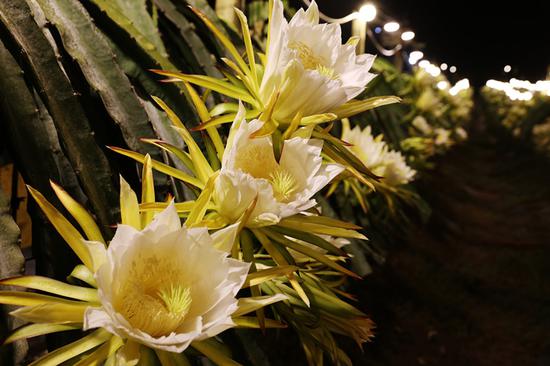
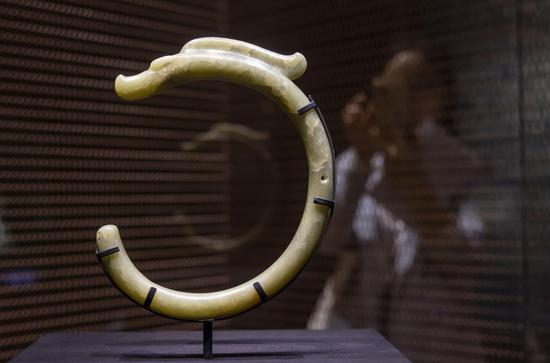

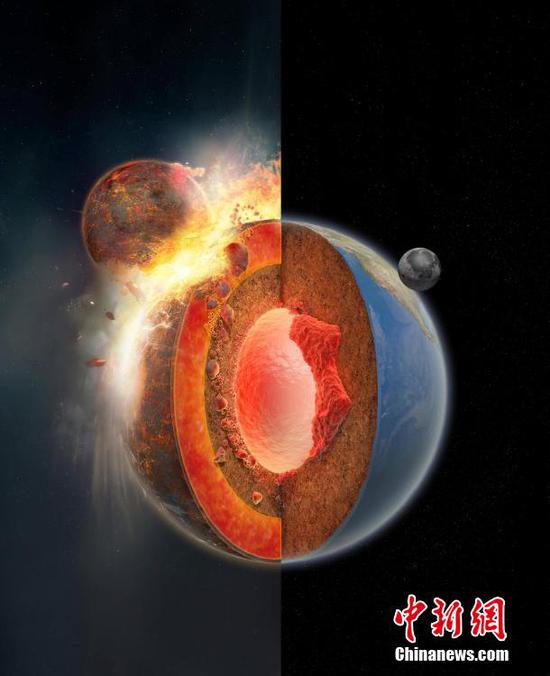


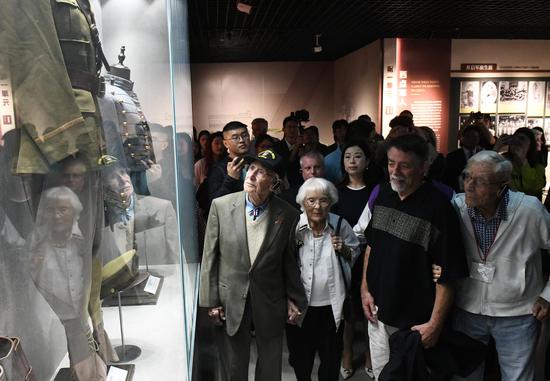
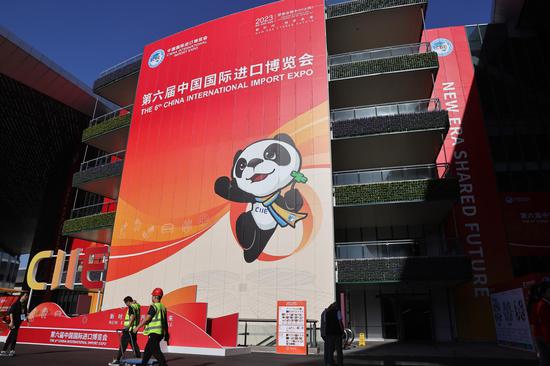







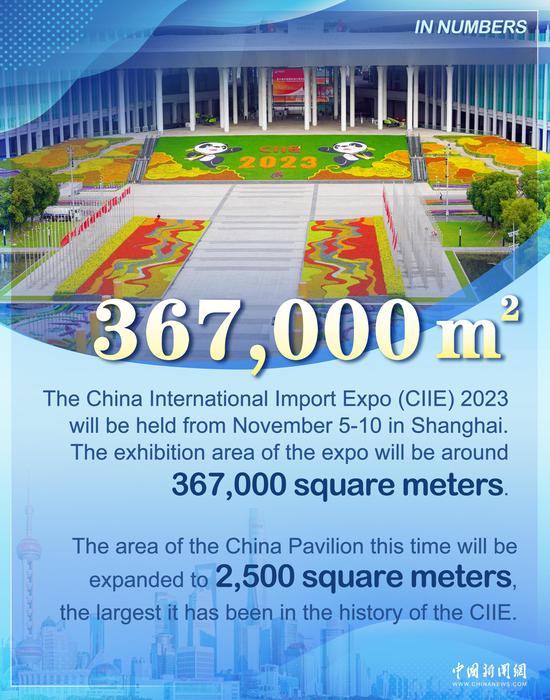

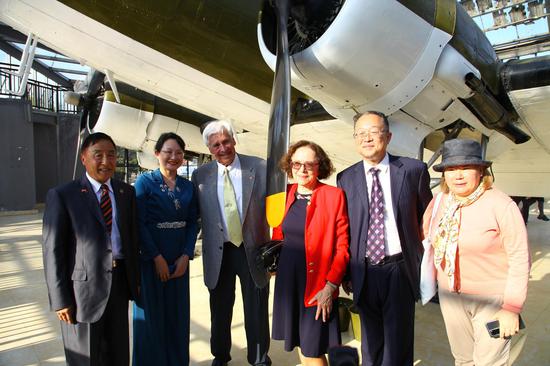


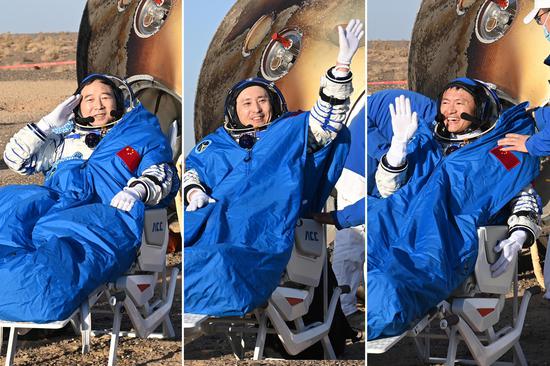
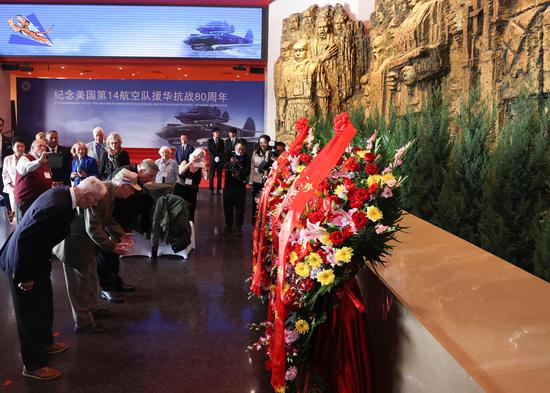
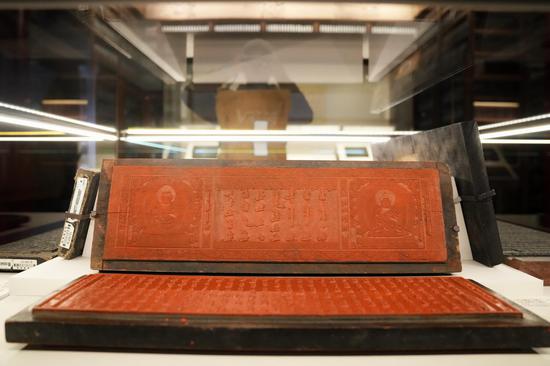

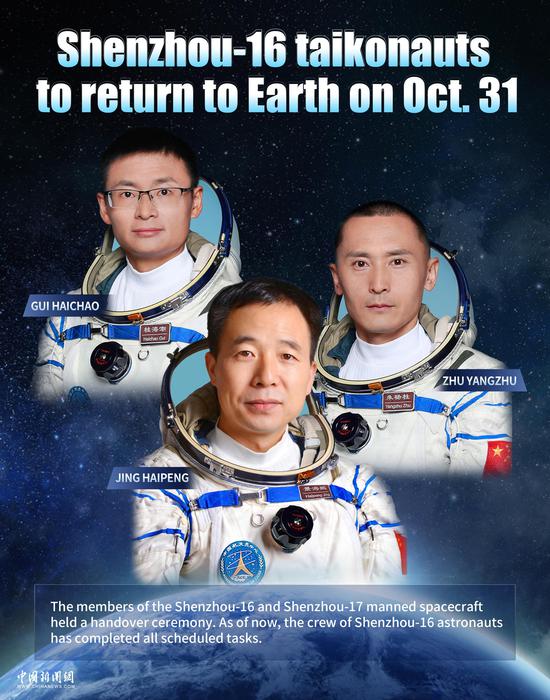
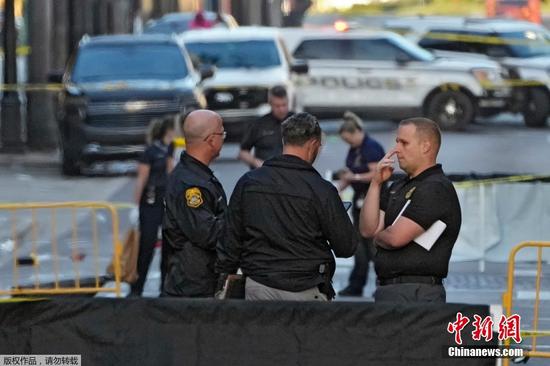


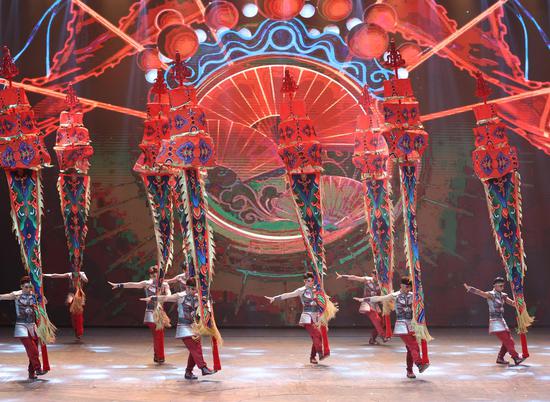
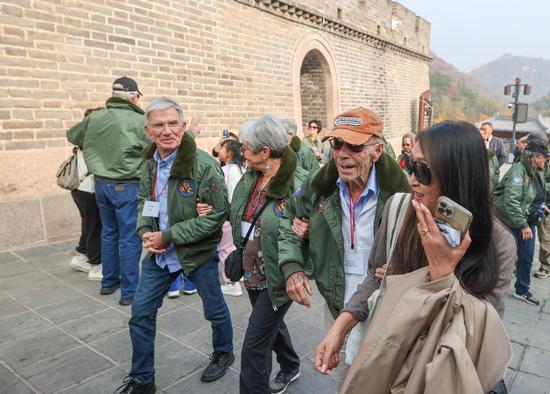
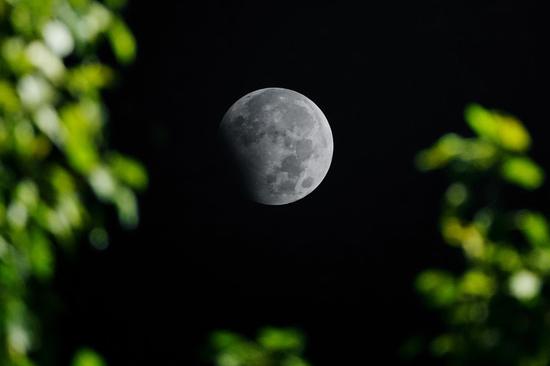


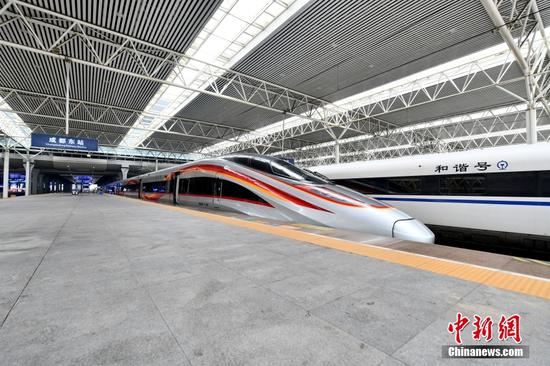


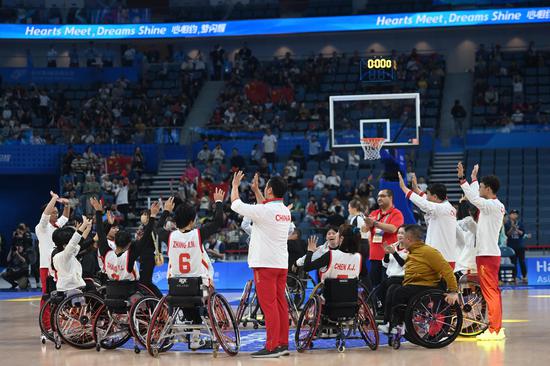

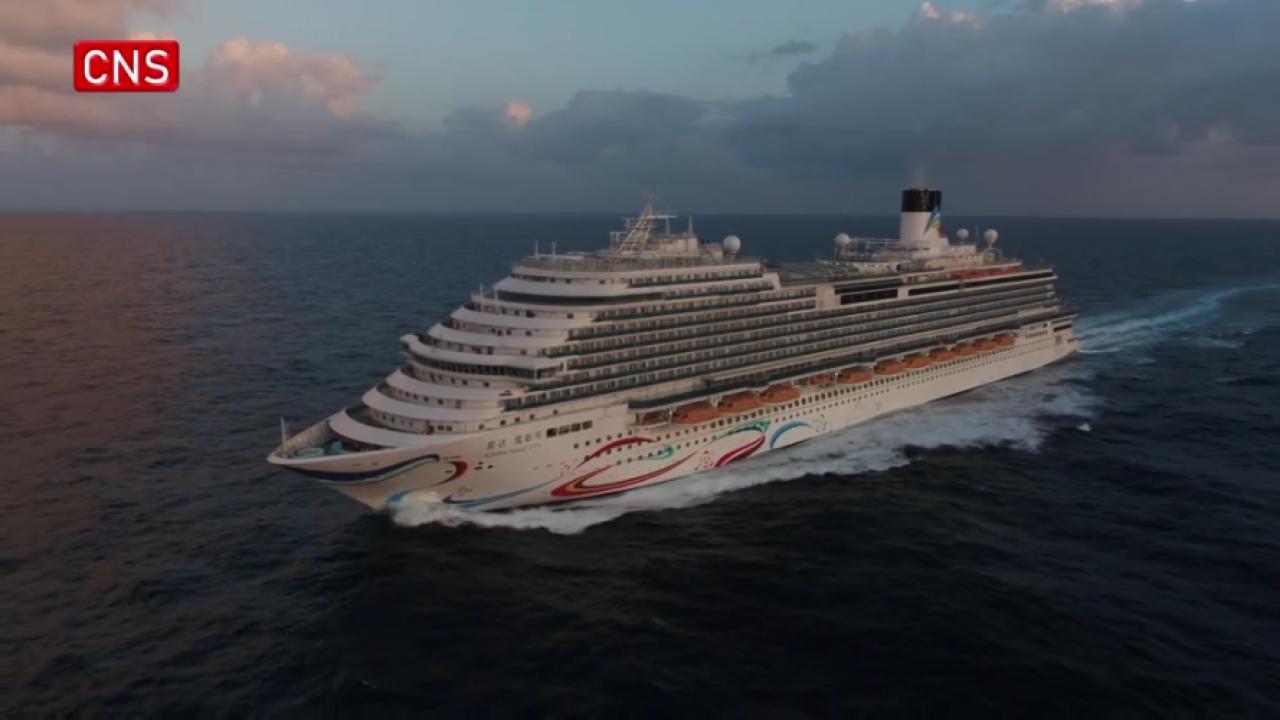



 京公网安备 11010202009201号
京公网安备 11010202009201号